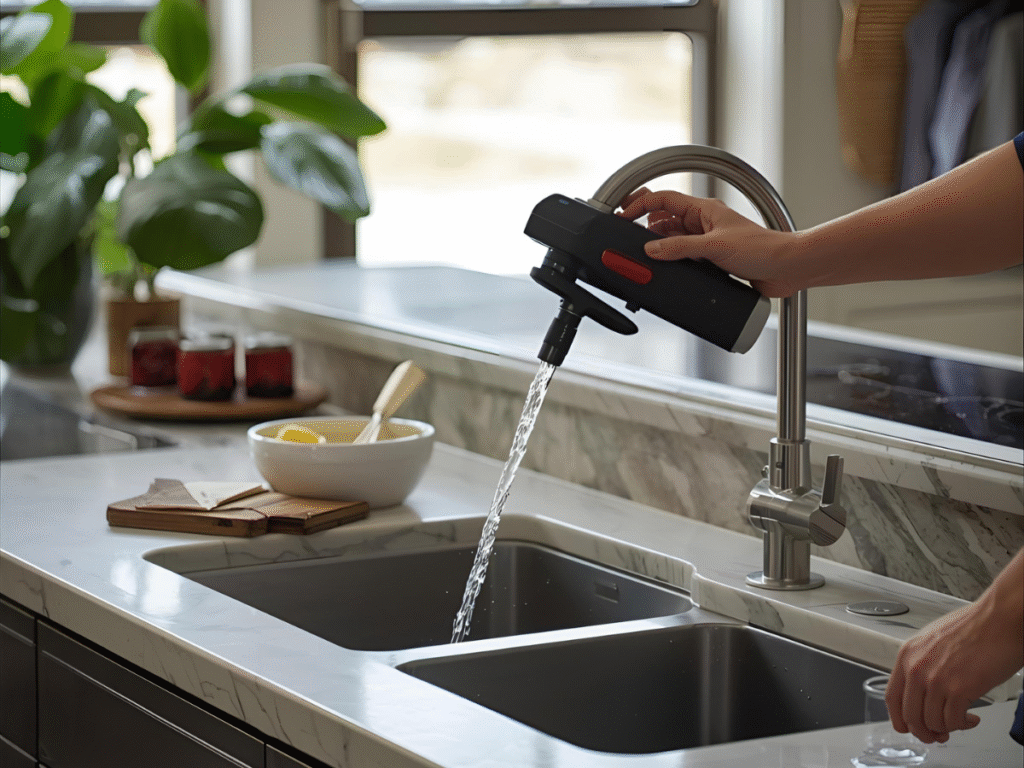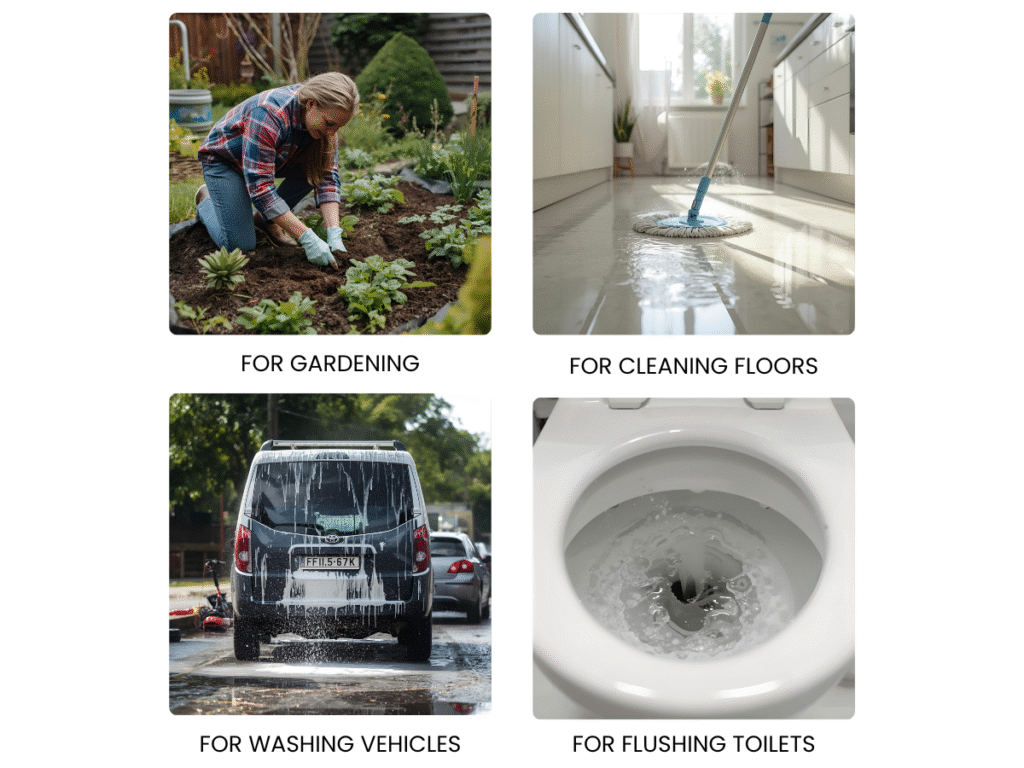Frequently Asked Questions
How will you reuse the wastewater from your kitchen?
I would reuse wastewater from my kitchen by collecting the water from rinsing fruits and vegetables, as well as the water used to boil pasta or potatoes after it has cooled. This nutrient-rich greywater can be used to water my indoor and outdoor plants. For greasy dishes, the hot, starchy water from cooking can be saved to pre-soak other pots and pans, making them much easier to clean. With a more advanced system, I would filter and treat the water from my kitchen sink and dishwasher to be reused for flushing toilets or in a washing machine, which would significantly reduce my overall household water consumption.
How to reuse or recycle kitchen waste?
Kitchen waste can be reused and recycled in several ways to reduce landfill waste and create valuable resources. Organic waste like fruit and vegetable scraps, coffee grounds, and eggshells can be composted to create a nutrient-rich soil amendment for gardens. Other food waste can be processed through anaerobic digesters to produce biogas, which can be used for energy. Non-organic kitchen waste, such as glass jars, plastic containers, and tin cans, can be cleaned and repurposed for storage or creative projects, or sent to a recycling facility. Reusing items and composting are simple steps that have a significant positive impact on the environment.
How can you reuse wastewater?
Wastewater can be reused for various non-potable purposes, which helps conserve freshwater. The most common method is using treated wastewater, often called reclaimed water, for agricultural irrigation, landscaping, and watering golf courses. In industrial settings, it can be used for processes like cooling towers. At a household level, greywater from sinks and showers can be collected and reused for flushing toilets or for outdoor irrigation. By implementing these practices, we can significantly reduce the strain on our freshwater sources and create a more sustainable water management system.
What are the three reuse of wastewater?
The three main categories for the reuse of wastewater are non-potable reuse, environmental restoration, and potable reuse. Non-potable reuse is the most common form, where treated wastewater is used for purposes other than drinking, such as irrigation for agriculture and landscaping, and for industrial processes. Environmental restoration involves using treated wastewater to replenish natural ecosystems like rivers and wetlands, helping to restore habitats and maintain ecological balance. Finally, potable reuse is the most advanced and involves treating wastewater to a very high standard to make it safe for human consumption, either by directly adding it to the drinking water supply or indirectly by first recharging it into an aquifer or reservoir.




